In 1979, Israeli settlers and soldiers were already terrorizing residents of the Palestinian village of Halhoul and committing violence elsewhere, writes Ellen Cantarow.
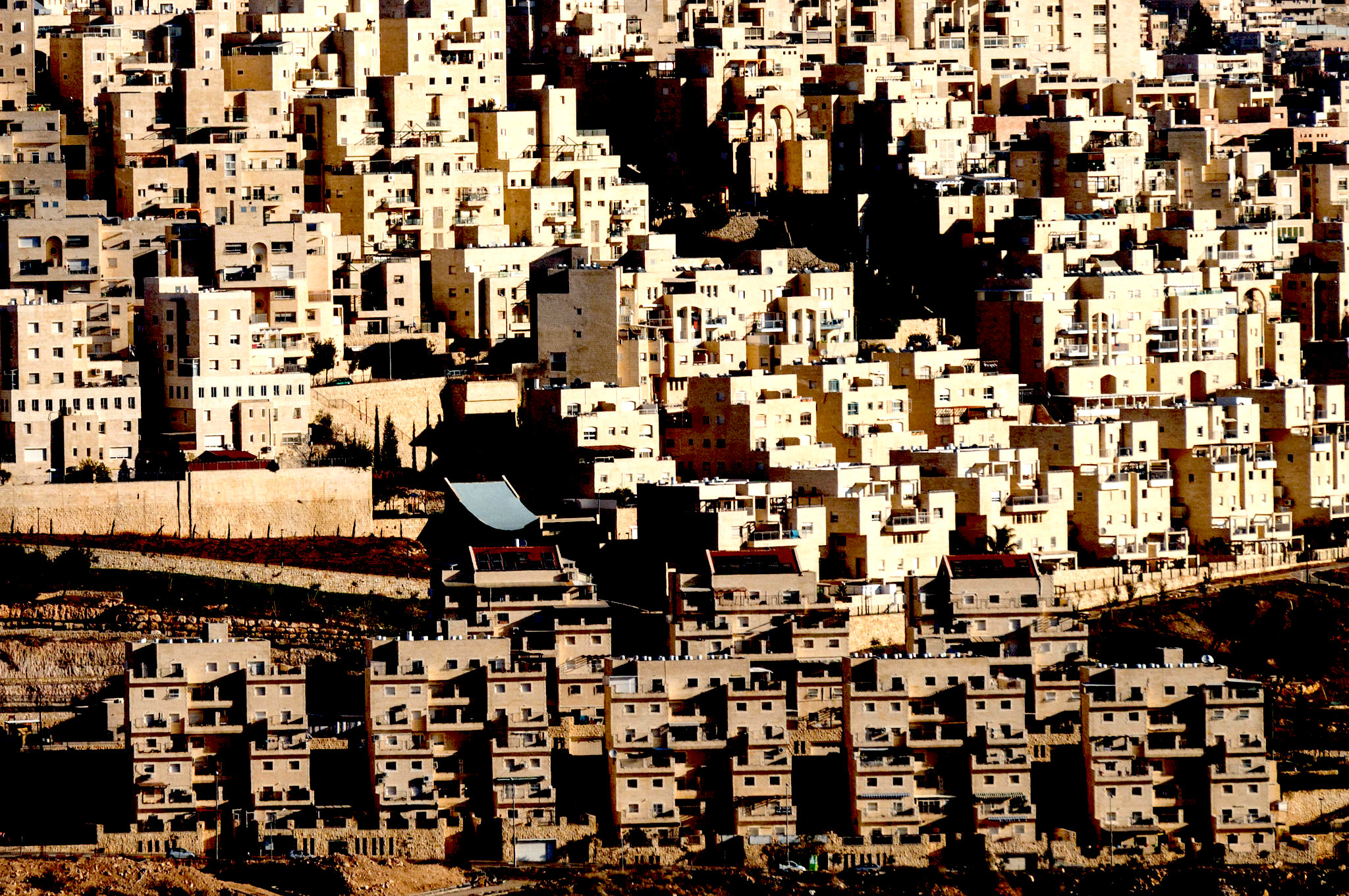
Israeli settlement of Har Homa, aka Homat Shemu’el, in East Jerusalem, West Bank, 2016. (Ronan Shenhav, Flickr, CC BY-NC 2.0)
By Ellen Cantarow
TomDispatch.com
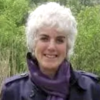 In 1979, I made the first of what would turn out to be decades of periodic visits to Israel and the West Bank. I traveled there for the New York alternative publication The Village Voice to investigate Israel’s growing settler movement, Gush Emunim (or the Bloc of the Faithful).
In 1979, I made the first of what would turn out to be decades of periodic visits to Israel and the West Bank. I traveled there for the New York alternative publication The Village Voice to investigate Israel’s growing settler movement, Gush Emunim (or the Bloc of the Faithful).
The English-language Israeli newspaper, The Jerusalem Post, then reported that settlers from Kiryat Arba, a Jewish West Bank outpost, had murdered two Palestinian teenagers from the village of Halhoul. There, in one of the earliest West Bank settlements established by Gush Emunim, a distant cousin of my husband had two acquaintances. Under cover of being a Jew in search of enlightenment, I spent several days and nights with them.
Gush Emunim: The Origin of the Settlement Movement
Zvi and Hannah Eidels, my hosts, lived in a four-room apartment in the settlement, which jutted out of an otherwise lovely Mediterranean landscape dotted with stone terraces, olive trees, fruit groves, and grape vines. Kiryat Arba flanked the Palestinian city of Hebron and was an eight-minute car drive from Halhoul on which I wrote a separate article about the murder of those two teens.
My initial evening with the Eidels happened to be on the holy day of shabat.
The rush to finish cooking ended just before sundown and 32-year-old Hannah, very pregnant with her sixth child, turned to me. “Do you light?” she asked. For a moment I thought she was asking how I coped with power failures in the American economic twilight.
She took me to the 10-by-12-foot living room. Just above a photograph of the spiritual father of Gush Emunim, Rabbi Avraham Kook, a bearded man with a fur-trimmed hat and heavy-lidded eyes, stood a row of candles on a tiny shelf. I suddenly recalled Friday evenings in my grandmother’s apartment in Philadelphia and was unnerved to find myself, an assimilated Jew — an atheist, no less — standing in Kiryat Arba, once again brushing up against Orthodoxy. I nonetheless took the matchbox, lit the candles, and stood there quietly for what I hoped was a decent interval.
Later, Hannah filled me in on her theory of Jewish superiority: all of creation, she assured me, is suspended in a great chain of being. On the bottom: inanimate non-living things. A link farther up: animate vegetation. Then, non-human animal life. Next, animate non-Jews. On the top, of course, were the Jews. “This may shock you,” she said, “but I don’t really believe in democracy. We believe,” she faltered for a moment, glancing at Zvi who was sitting quietly beside us cracking sunflower seeds and spitting the husks expertly onto a plate, “in theocracy. Right, Zvi?” “Not exactly,” said Zvi. “Not a theocracy. The government of God.”
Gush Emunim was both religious and militant. In a curious blend of ultra-Orthodoxy and historically secular Zionism, “the Faithful” claimed as their own some of the territories conquered in the Six-Day War, the 1967 conflict Israel fought against a coalition of Arab states, during which it took the West Bank, which its leaders called “Judea and Samaria.”

Chief of Staff Lt. Gen. Yitzhak Rabin, right, in the entrance to the old city of Jerusalem during the Six Day War, with Moshe Dayan and Uzi Narkiss, left. (Ilan Bruner, Wikimedia Commons, CC BY-SA 3.0)
“Here began our first place,” one movement leader told me, “in Schechem [Nablus], where Jacob bought a plot of land. Here is the true world of Judaism.”
“Some people think the goal of Zionism was peace,” another Gush activist explained. “That is ridiculous. The goal of Zionism is to construct a people on its land.” But, he continued, “there were moral problems. There were Arabs living here. By what right did we throw them out? And we did throw them out… All the stuff about socialism, about national redemption, may be true, but that’s only one part. The fact is, we returned here because the Eternal gave us the land. It’s ridiculous, stupid, simplistic, but that’s what it is. All the rest is superficial. We came back here because we belong.”
And so began the settler movement, which, to this day, has never ended or stopped taking land from the Palestinians.
The Alon Plan
Even before that Jewish supremacist incursion, Israeli politician Yigal Alon drafted a plan calling for settlements that would extend Israel’s political boundaries to the Jordan River. Such new Jewish settlements would ring Palestinian villages and towns and separate them from one another.
In 1979, when I interviewed the mayor of Halhoul, where those two teens had been murdered, he took me to a hilltop, pointed to Kiryat Arba, and said all too prophetically: “The settlements are a cancer in our midst. A cancer can kill one man. But this cancer can kill a whole people.”
Following the Six-Day War, leaders of the Faithful supplied the shock troops for those growing settlements. It was common wisdom then that the situation “on the ground” was changing from month to month in favor of the Israelis.
When I first started reporting there, a trip between East Jerusalem and Ramallah took about 20 minutes. However, once settler-only highways had been built and checkpoints put in place for Palestinians, the trip became at least twice as long. Initially, just soldiers posted on the roads, such checkpoints would later be industrialized with footpaths, tunnels, and turnstiles that looked like the ones in the subway system of New York where I later lived. Palestinians were then often forced to wait, sometimes for hours, before being allowed — or not — to proceed to their destinations.
The Israel-US Peace Process

Israeli Prime Minister Yitzhak Rabin, U.S. President Bill Clinton and the PLO’s Yasser Arafat at Oslo Accords signing ceremony, Sept. 13, 1993. (Wikimedia Commons)
In 1993, a “peace process” was launched in — yes, you could hardly get farther away — Oslo, Norway. It “changed the modalities of the occupation,” as Noam Chomsky put it,
“but not the basic concept… [H]istorian Shlomo Ben-Ami wrote that ‘the Oslo agreements were founded on a neo-colonialist basis, on a life of dependence of one on the other forever.’”
The U.S.-Israeli proposals at Camp David in 2000 only strengthened that colonialist urge. Palestinians were to be confined to 200 scattered areas. President Bill Clinton and Prime Minister Ehud Barak proposed the consolidation of the Palestinian population into three cantons under Israeli control, separated from one another and from East Jerusalem.
From then on, Israel only continued its relentless occupation of Palestinian land. In 2002, it started erecting an enormous barrier wall along the Green Line and parts of the West Bank. At its most dramatic, that wall is a series of 25-foot-high concrete slabs punctuated by militarized watch towers, supplemented by electronically monitored electrified fences stretching over vast distances.
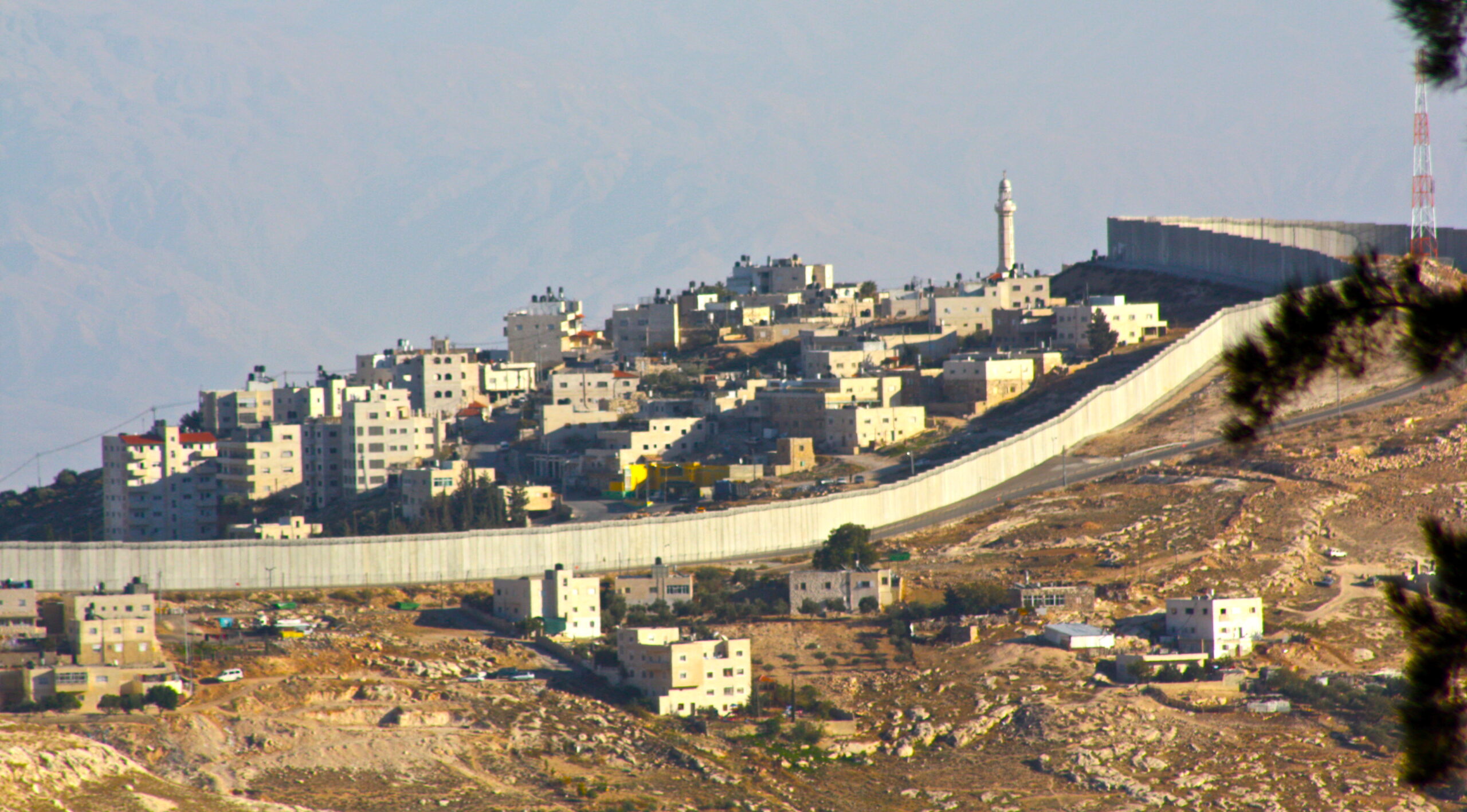
Israeli West Bank barrier wall near Mount Zion in 2009. (Kyle Taylor, CC BY 2.0, Wikimedia Commons)
After 1979, every time I traveled to the West Bank I saw new Jewish settlements in formation, with their characteristic red-tiled roofs and white walls. Meanwhile, the Israelis restricted Palestinians from building new homes or even additions to current ones. In the West Bank city of Ramallah, that prohibitive situation has resulted in an uglified city center with ever taller buildings. Today, in photos of Ramallah’s contemporary downtown I can’t even recognize the place I last visited in 2009.
Violence
From the very start, Jewish violence has accompanied the proliferation of settlements. In 1979, settlers and soldiers were already terrorizing residents of the Palestinian village of Halhoul and committing violence elsewhere. “A rash of civilian acts of vandalism occurred last spring,” I wrote that year. “Settlers… uprooted several acres of grapevines belonging to farmers from Hebron… Kiryat Arba residents also broke into several Arab houses in Hebron and wrecked them.”
A 4-year-old boy slipped out of his house during one of the curfews (levied by the Israelis on Halhoul, but not, of course, on Kiryat Arba). That child was then stoned by Israeli soldiers. Five months later, I reported speaking with his mother. She “thrust the child toward me and pointed at a scar that still showed on his forehead. ‘What can we do?’ she implored me. ‘We have no weapons. We are helpless. We can’t defend ourselves.’”
In 1994, an American extremist settler, Baruch Goldstein, murdered 29 Palestinian worshipers at the Cave of the Patriarchs in Hebron and wounded another 125 of them. He was a supporter of the extremist Kach (Thus) movement founded by American rabbi Meir Kahane. In 1988, that movement and a split-off from it called Kahane Chai (Long Live Kahane) were declared to be “terrorist” in character by the Israeli government. It mattered little, however, since terrorism against Palestinians continued to flourish.
Too Little, Too Late
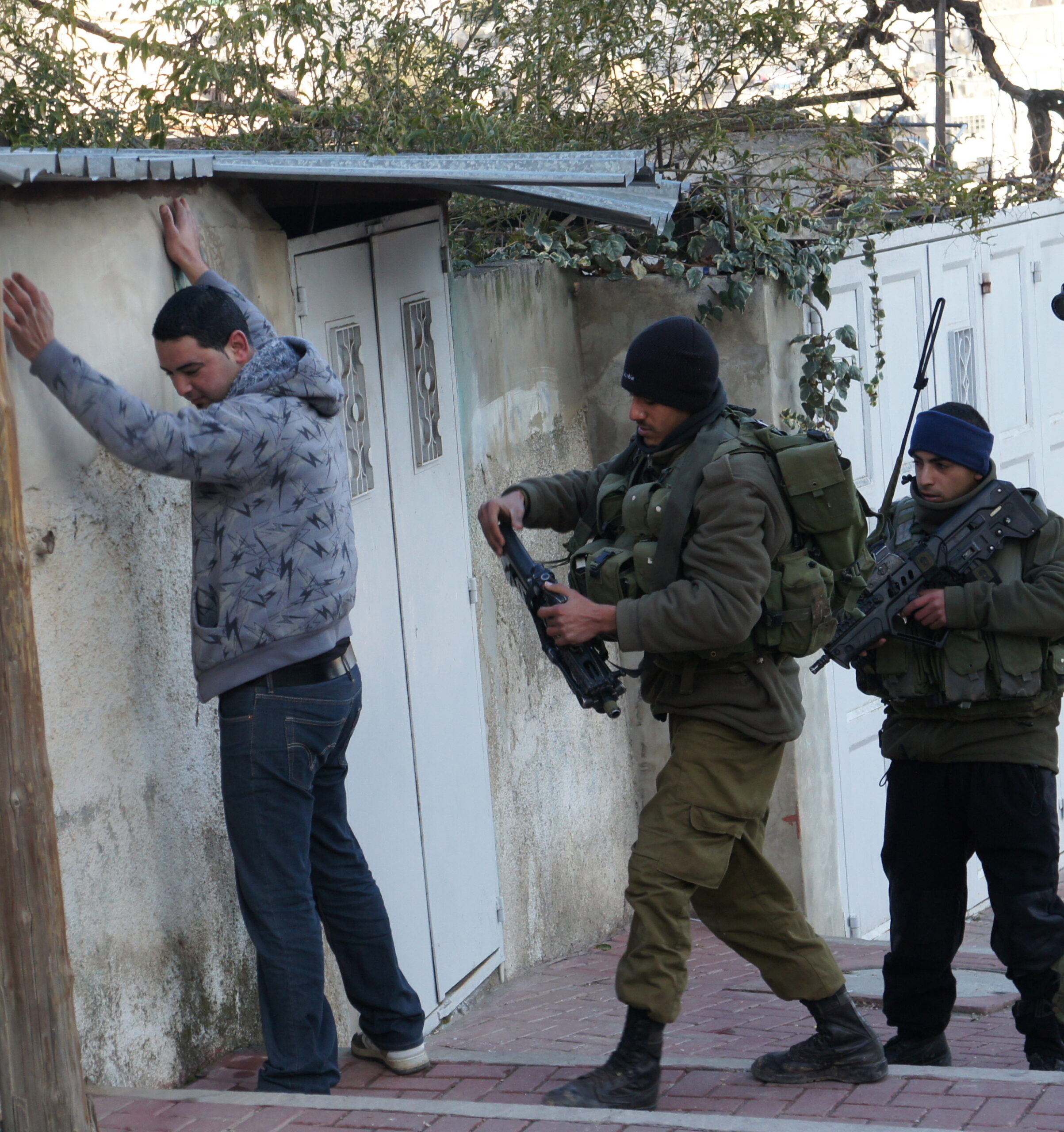
Israeli soldiers searching a Palestinian in Tel Rumaida, Gilbert checkpoint in the occupied West Bank city of Hebron. (Friends123, CC0, Wikimedia Commons)
Forty-five years after my first report on the settlements, New York Times columnist Nicholas Kristof wrote that a farmer in his seventies living in the West Bank village of Qusra, Abdel-Majeed Hassan, had shown him
“the blackened ground where his car had been set on fire, the latest of four cars belonging to his family that he said [Israeli] settlers had destroyed.”
Six residents of Qusra had been killed in such attacks, Kristof reported, between October 2023 and late June 2024. Israel’s government responded to the October 7th Hamas assault in Gaza by endorsing “more checkpoints, more raids, more Israeli settlements.” Almost duplicating the agonized statement of that Palestinian interviewee of mine in 1979, another Palestinian, an American engineer who had returned to the West Bank, told Kristof, “I’m an American citizen, but if they attack me here, what can I do? They can break my gate; they can kill me.”
His article was entitled “We Are Coming to Horrible Days.” Coming? The horror began over half a century ago. Had the New York Times run similar articles, starting in the late 1970s; had successive American governments not turned a blind eye to what was happening; had Washington not continued funding Israel’s crimes with some $3 billion a year in aid, that country’s land thefts and other crimes on the West Bank could never have continued. In 1979, Israel was already confiscating water from Halhoul and other Palestinian villages, while in the ensuing years you could see swimming pools and lush lawns in the Jewish settlements there, even as Palestinian villages and towns were left to collect rainwater in barrels on housetops.
Twenty-three years after I made my first trip, the Israeli human rights organization B’tselem reported that, in “the first decade following the occupation, the left-leaning ‘Alignment’ governments followed the Alon Plan.” It advocated settling areas “perceived as having security importance” and sparse in Palestinian populations. Later, governments under the far more conservative Likud Party began establishing settlements across the West Bank, not just based on security considerations but ideological ones.
Jewish Supremacy
A word about the attitudes of Israeli Jews. In 1982, I interviewed a group of Israeli teenagers, one of whom, the daughter of Israeli leftist acquaintances of mine, told me that each new generation in her country was more right-wing than that of its parents. On one of several trips to Hebron in those years, I read this graffiti on a wall: “ARABS TO GAS CHAMBERS.” It certainly caught the mood of both that moment and those that followed to this day. For decades, in fact, the cry “Death to Arabs!” could be heard at some Israeli demonstrations. By the time Israel began its genocidal campaign in Gaza in 2023, you could watch videos of Israeli soldiers dancing and chanting “Death to Amalek! (The name Amalek refers to ancient biblical enemies of the Jews.)
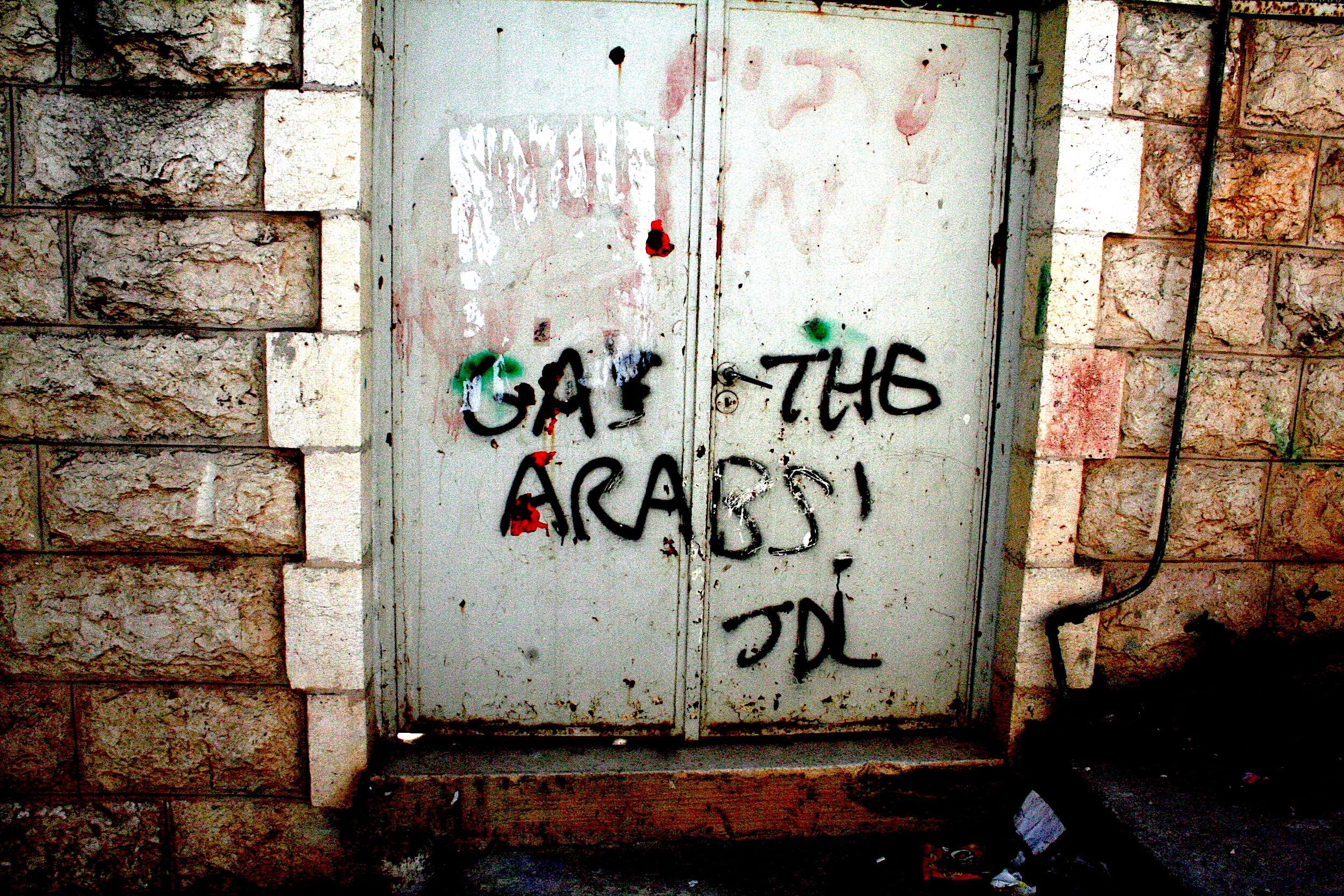
“Gas the Arabs” painted on the gate outside a Palestinian home in Hebron, West Bank, by Israeli settlers. It is signed “JDL” for Jewish Defence League, 2008. (Magne Hagesæter, Wikimedia Commons, CC BY 3.0)
Kristof writes that
“Israel’s ‘state-backed settler violence,’ as Amnesty International describes it, is enforced by American weapons provided to Israel. When armed settlers terrorize Palestinians and force them off their land — as has happened to 18 communities since October [2023] — they sometimes carry American M16 rifles. Sometimes they are escorted by Israeli troops…The United States is already in the thick of the West Bank conflict… Many settlers have American accents and draw financial support from donors in the United States.”
But keep in mind that this is nothing new. Baruch Goldstein, that infamous mass murderer of 1994, was an American and it was very clear even then that American Jews were among the most rabid of the settlers.
In 2021, fulfilling the prophecy of the very first Israeli settler I ever visited, Zvi Eidels, the Israeli regime established what the human rights organization B’tselem called “a recognition of Jewish supremacy from the Jordan River to the Mediterranean Sea.”
It feels bitter indeed to me to be able to say, “I told you so.” My accounts were largely ignored in those decades when I periodically reported from the West Bank. After all, I wrote for The Village Voice and other non-mainstream publications. The New York Times was largely silent on the subject then and Kristof’s recent telling observations sadly come decades too late. Even as I was finishing this article, Israeli forces were bombing densely populated neighborhoods in the Nur Shams and Tulkarem refugee camps in the northern West Bank. (The Nur Shams brigade, which was an Israeli target, is an armed resistance group affiliated, according to Mondoweiss, with the military wing of Palestinian Islamic Jihad.)
Raja Shehadeh, one of Palestine’s greatest writers, recently let me know that even he – whom Israeli forces once recognized as an illustrious person and allowed to travel in relative freedom — fears venturing outside since the settlers are “all over” the West Bank. In a recent Guardian article he wrote: “I spent the last 50 years of my life getting used to the loss of the Palestine of my parents; and… I might spend the remaining years of my life trying to get used to the loss of Palestine in its entirety.”
I’ve known Shehadeh since 1982 and never in all those years had I seen him despair. It’s unbelievably depressing to find him writing this now. All I could write back was: “I’m afraid you may be right.” Sometimes evil does triumph. Israel has now become a largely fascist country with a deeply fascist government and it has been transformed into that, at least in significant part, because my country has profusely underwritten the most malignant developments there, which are still ongoing.
Just as I was finishing this article, in fact, the Associated Press reported that “Israel has approved the largest seizure of land in the occupied West Bank in over three decades.” That land grab, its account added, “reflects the settler community’s strong influence in the government of Prime Minister Benjamin Netanyahu, the most religious and nationalist in the country’s history.” Thus have the prophecies of the religious-nationalist Gush Emunim been fulfilled.
[Author’s Note: I am forever indebted to Noam Chomsky, with whom I first became friends in 1964, and whose 1974 book, Peace in the Middle East?, taught me about the realities of Israel’s subjugation of the Palestinians. For my first trip, he provided me with the name of a person of great influence, the incomparable Dr. Israel Shahak, as well as of other holocaust survivors opposing Israel’s occupation. Noam Chomsky launched me on the long trajectory of my writing about Palestine from 1979 to this very moment. He is now 95 years old and in Brazil with his wife Valeria, recovering from a stroke. May he be blessed through the ages.]
Ellen Cantarow has written about Israel’s crimes against the Palestinian people since 1979 for publications that include TomDispatch, The Village Voice, Mother Jones and Grand Street.
This article is from TomDispatch.com.
Views expressed in this article may or may not reflect those of Consortium News.

This is why I am proud to have been brought up entirely without religion of any denomination. I was never “christened”, never had my brain washed in Sunday school and only ever attended church as a child when I was staying with my Polish Catholic grandmother who was devout. It was all theatre to me. The sets, the costumes, the mysterious Latin (before the Catholic mass was said in the vernacular). I grew up to be an actress, but I never believed in any of the superstitions of religion, like an afterlife or heaven or hell. I guess I was lucky. All of my Jewish friends have been secular, even those whose parents lost relatives to Hitler’s Nazis. My fiance was Jewish. His parents were anti-Zionists. I only know one Orthodox Jew and he’s gay. Go figure.
Astonishing are the comprehensive lies that we were brought up with in the US (from the ’50s) about the morality, goodness and inherent peacefulness of Israel and its citizens. Always the helpless victims of unreasoning hatred by others. Perhaps the persecution of Jews over the centuries, as horrible and abhorrent as that is, had deeper roots?
Going back to Roman times:
“The Jews belong to a dark and repulsive force. One knows how numerous this clique is, how they stick together and what power they exercise through their unions. They are a nation of rascals and deceivers.”
Marcus Tullius Cicero
Religious nationalism is the ideological belief system of the
German Nazi’s under Hitler in World War II.
Religious socialism (Paul Tillich), is the belief system
during that period based on Christian beliefs in a God of love,
forgiveness and Jewish beliefs in peace and justice on earth.
Painfully obvious where the Israeli and American “Christian” Zionists belong.